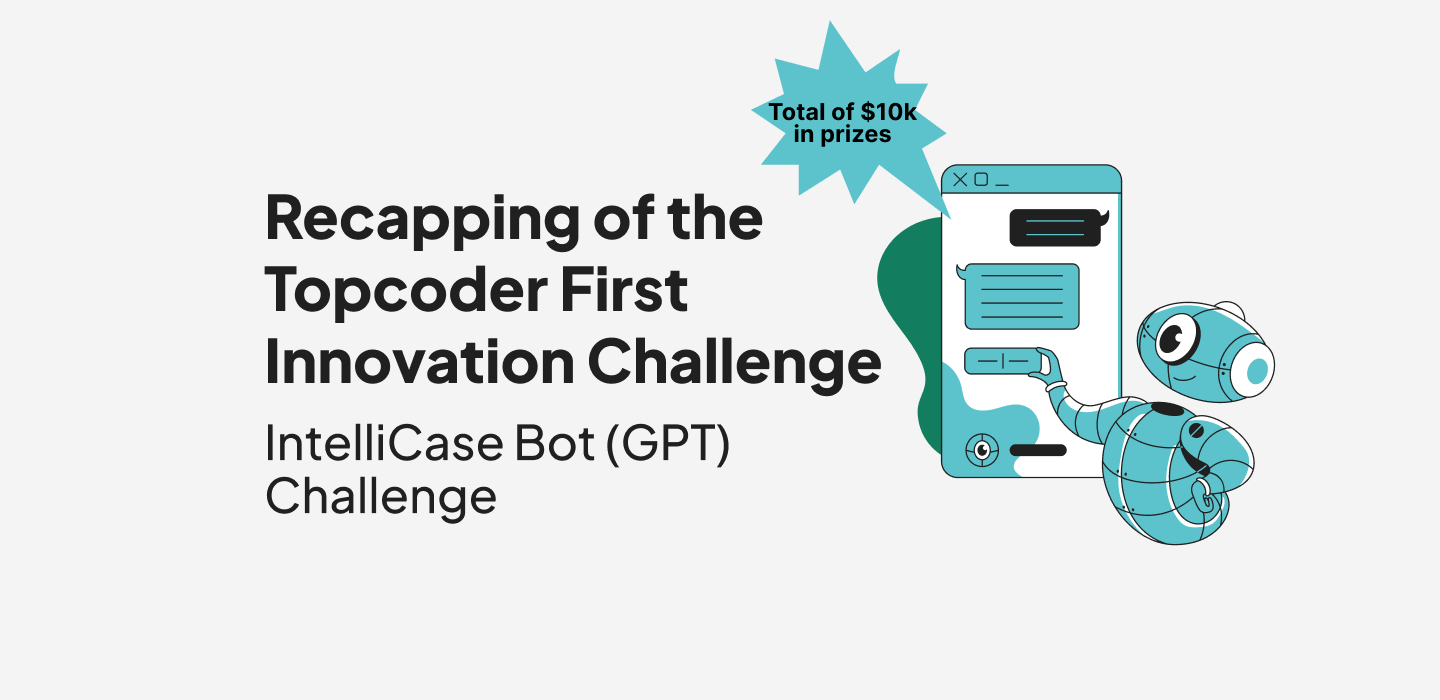October 19, 2023 5 Ways to Build a Data Driven Culture at Your Organization (and One Big Pitfall to Avoid)
Businesses are swimming in data, globally spending close to $40 billion on technology and services for data analytics each year. Yet there’s a disconnect between that spend and leaders’ perception of how effective it is. In a recent survey, close to three quarters of C-level executives at large corporations said they had yet to forge a data culture, and about half admitted they were not competing effectively on data and analytics. If you’re looking to foster a data-driven culture in your own organization, here are five best practices and one huge mistake to avoid to help you get there.
What enterprises can gain by creating a data-driven culture
Enterprises stand to gain significantly by building a culture that is data-driven. “Data driven” speaks to the belief that decisions should be based on data analysis and interpretation rather than intuition or observation. When organizations embrace data, they promote values of objectivity, precision, and agility. Beyond the cultural benefits, data can be used to pinpoint inefficiencies, optimize operations, improve customer service, and guide product development. By placing data at the core of their operations, enterprises not only ensure that they remain competitive, but more resilient and responsive to changing market dynamics.
The do’s and don’t when creating a data-driven culture
As the old saying goes, actions speak louder than words. It’s one thing to say you want your organization to be data-driven, but actually putting words into action takes significant focus, effort, collaboration, and persistence. There are some important do’s and don’ts to be learned from organizations who have tried it. Below, we outline five ways your company can foster a data-driven culture, and one big pitfall to avoid.
- Don’t make decisions on averages
You may be acting on data, but if the average obscures the reality underneath, you’re not using your data effectively. Nuances in your data can be just as important as overall trends.
- Make sure teams are acting on the same data
Ensure all teams have access to the same information, and that leadership and stakeholders are in alignment about which data is important and being used to inform decisions.
- Get the data first, then make the decision (not the other way around)
It’s human nature to look for evidence that backs up our position (while conveniently ignoring everything else). Be vigilant about how you’re using your data, and aim to have it guide, not justify, your decisions.
- Beware of metric chasing
Using data to determine bonuses and other rewards sounds great, because it’s objective and so it should be fair. But look out for bad incentives that drive bad behavior – if your people are chasing a metric instead of the desired outcome, you’ve lost your way.
- To get buy-in, explain the why
Instead of just saying “we’re becoming a data driven organization” be specific about WHY – and what you hope to accomplish. Any new initiative will be met with resistance if workers don’t understand the value to them and to the organization.
The one big pitfall to avoid: Assuming all data is good data
Bad data can be costly. Much like metric chasing and making decisions on aggregates, being misled by bad data is a classic example of “using data” without getting the benefit of it.
Does everyone need to be proficient in data analytics?
Probably not, but everyone needs a basic understanding of data literacy and best practices. Obviously, the necessity for data analytics proficiency is more important for some roles. Employees tasked with decision-making, strategic planning, or those directly working with data should have a stronger skillset. At a minimum, fostering a basic understanding of the value and potential pitfalls of data can empower even non-technical employees to ask the right questions, make better-informed decisions, and collaborate effectively with data-focused colleagues.
Data analytics can be daunting. That’s why we have developed an eBook you can download for free right now. If you need help finding the right person for the job, why not hire a talent on demand data scientist from Topcoder?
Annika Nagy


